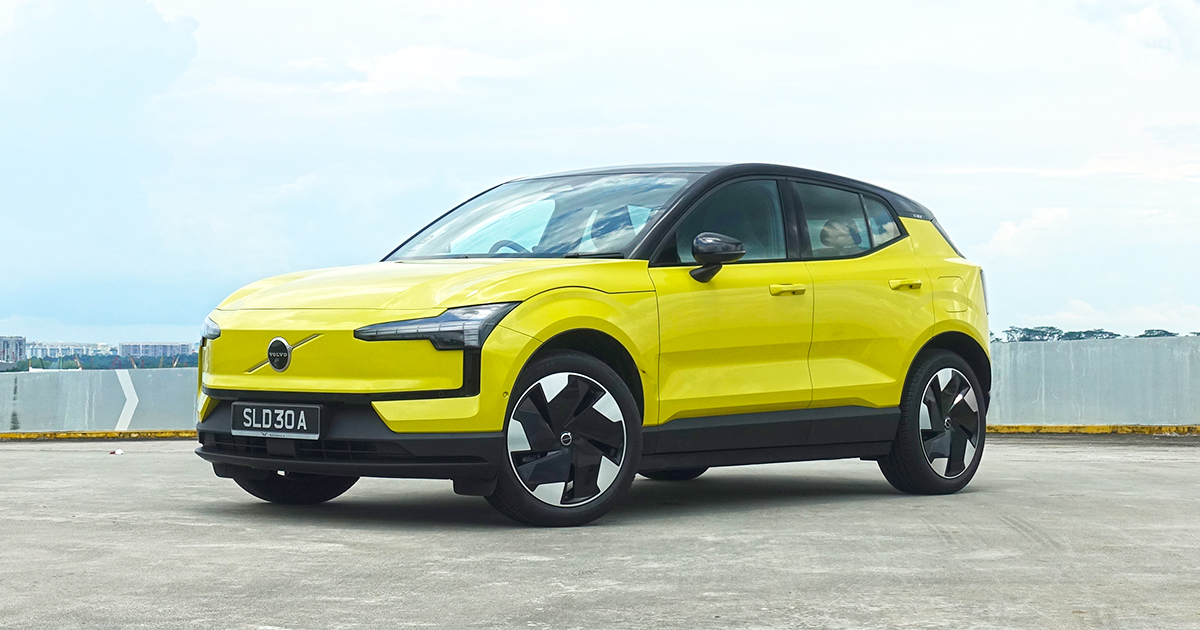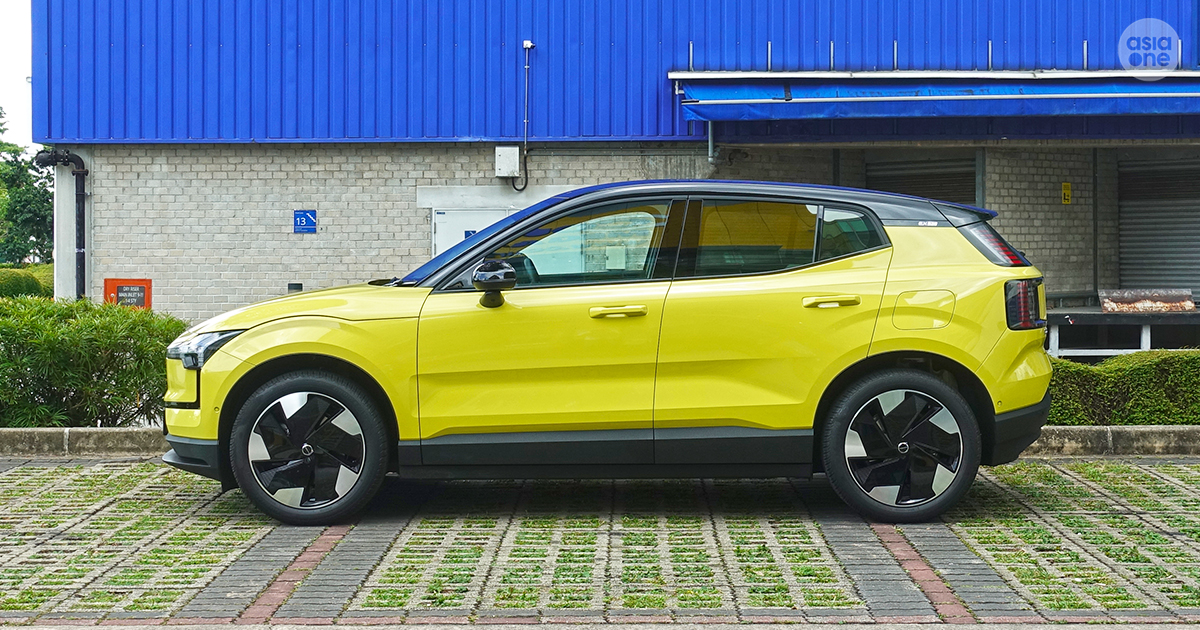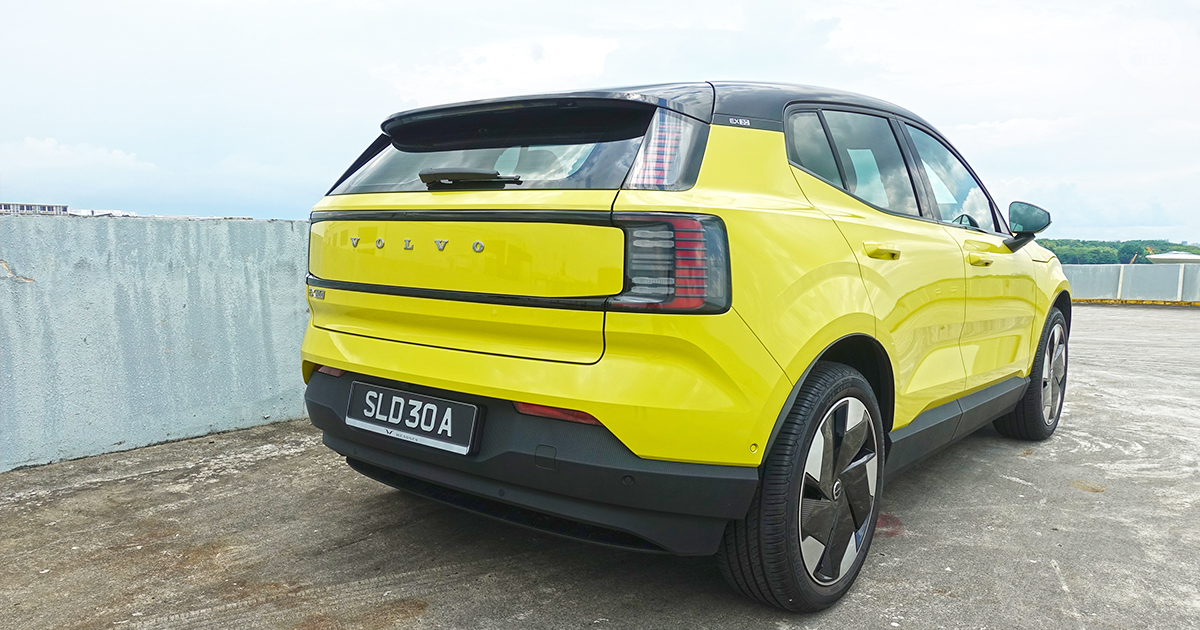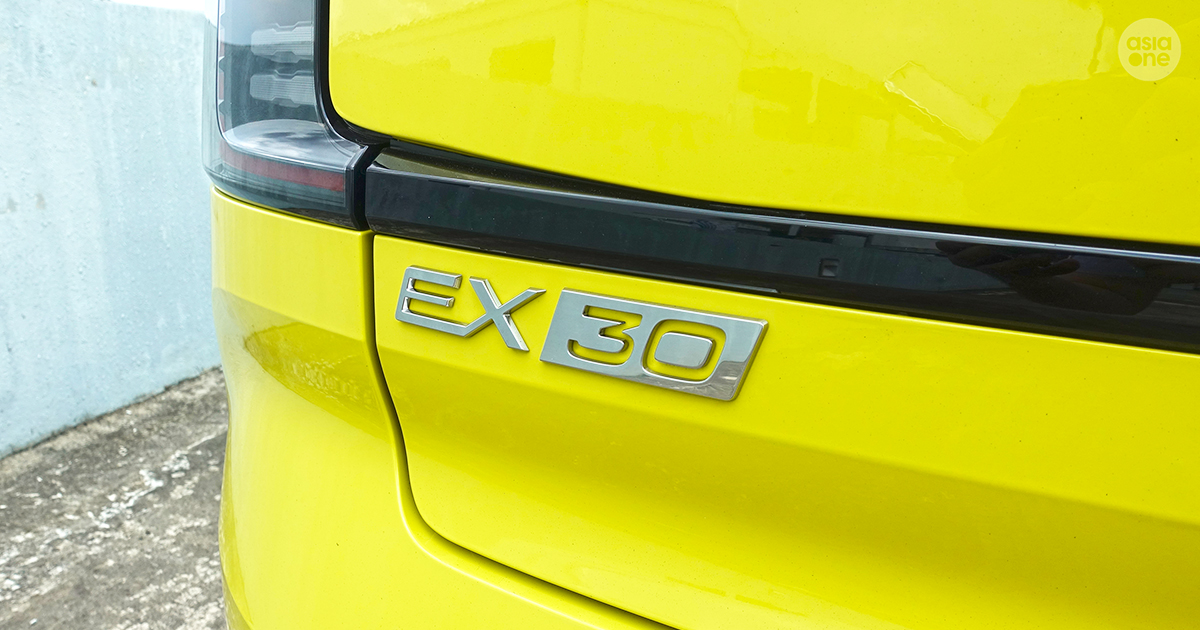Car brands join forces and share resources all the time to help achieve economies of scale and reduce product development costs. But the results of that can sometimes be very interesting.
One notable case in point is Geely’s Sustainable Experience Architecture 2 (SEA 2) platform, which has spawned three compact electric crossover SUVs in the form of the Smart #1, Zeekr X, and the Volvo EX30.
While all three share the same platform underpinnings, they could not be more different in their individual characters. Having reviewed both the Smart and the Zeekr, it’s now time to take a closer look at the Volvo.
How does the EX30 compare against its cousins?
First of all, the platform-sharing agreement is a result of Geely having an ownership or controlling stake in all three brands.
However, Geely has wisely left it to the individual brands to chart their own way and adapt the common platform to suit their own needs. So while the three cars share some pretty substantial commonalities, there are enough differences between them to stand out on their own.
The Smart is clearly the more youth-oriented car, while the Zeekr feels more tech-driven and upmarket. The Volvo meanwhile caters to those who seek a more minimalist style with a clear European flavour.
[[nid:703855]]
Interestingly though, for Singapore at least, all three cars share the same drivetrain, with the Volvo’s single motor rear-wheel-drive setup with 268hp and 343Nm of torque also replicated in the Smart and Zeekr. However, the other two also have more powerful variants available for sale here, whereas the Volvo is only offered with that single drivetrain option locally.
So, what makes the EX30 unique?
The EX30 is easily recognisable as a Volvo at first glance, with design cues such as the hammer-shaped headlights, broad muscular shoulder lines, and vertically stacked taillights that are all Volvo hallmarks.
And yet, there are signs that this is a Volvo like no other, not least the test car’s Moss Yellow paintwork which makes it stick out in a sea of black/white/silver traffic. This is not your grandfather’s Volvo for sure.
The interior too is somewhat familiar yet different. Recent Volvos have embraced the concept of minimalism with their clean-cut design on the inside, but the EX30 seems to have taken it to the extreme.
The central touchscreen is set in a portrait orientation, a trademark of modern Volvos. At the same time, however, the screen is also where everything is located. And I do mean everything.
There are no physical buttons anywhere in the car, but tellingly, there is also no driver instrument display in front of you. Instead, vital information like your speed is located at the top right corner of the touchscreen, requiring you to look away from the road if you need to check how fast you’re going.
It’s something taken straight out of the Tesla playbook, and for this to have come from Volvo, famed purveyors of vehicular safety, seems a bit disappointing to say the least.
This is in addition to the fact that almost everything else is only accessible via touchscreen, including functions like adjusting the side mirrors, setting the air-con temperature, and even opening the glovebox, which is interestingly situated in the middle of the dashboard, right below the touchscreen.
Other design oddities throughout the EX30’s cabin include the window switches, which are located on the centre armrest, and a pull-out tray for the cupholders. There are plenty of storage solutions littered all around, and there is even a neat diagram etched in the boot depicting what sort of large items you can store in the car.
But while there’s lots of space for things, the same can’t be said for people. Legroom is surprisingly tight for rear passengers, and the design of the seats feels a bit weird, being somewhat upright and lacking in support. In contrast to the Smart and Zeekr which both seem to have much better interior packaging, the Volvo feels like a letdown.
How does it feel to drive?

Pleasant but unremarkable would be the best description here. The car is nimble enough in the corners, but the steering wheel feels overly light and lacking in feel. Despite being rear-wheel-drive, it doesn’t seem particularly sporty, and instead goes through the motions with hardly any drama. It’s not terrible per se, but it doesn’t stand out either.

Likewise, the ride quality is mostly well-controlled, but it doesn’t offer quite the same level of plush comfort as the Zeekr. That said, it does feel a bit more settled and composed than the Smart, so the Volvo effectively strikes some sort of middle ground between the two.
Interestingly, despite having the same power output, the figures show that the EX30 is the fastest of the trio to go from 0-100km/h, getting there in 5.3 seconds, compared to 5.6 seconds for the Zeekr and 6.7 seconds for the Smart.

However, the car builds up speed in a linear and progressive fashion, so you never feel the sort of ‘kick in the behind’ boost when you put your foot down. It’s actually broadly similar to how the other two cars deliver their power, but the Volvo’s sense of calmness and serenity means that it feels more pronounced here.
Oddly though, the Volvo doesn’t offer any sort of selectable drive modes, or the option to adjust the level of regenerative braking, unlike the other two cars. So essentially you can’t have the EX30 be more ‘sporty’ or ‘eco’; it is their way or the highway.
Is it worth considering?

It is intriguing to note that, despite sharing the same platform and drivetrain, all three cars demonstrate their own unique characters and identity. The Zeekr is the more mature and premium car among the trio, while the Smart offers up a bundle of energy and verve. The Volvo meanwhile sits in a neutral middle ground between the two, being mostly sensible while still being slightly irreverent and fun.

Which one to go for really depends on your own personality then, but the Volvo’s biggest stumbling block might be its price tag. Out of the three, the EX30 is the most expensive, retailing for $240,000 inclusive of COE (as of November 2024). In contrast, the Smart #1 Pro is going for $214,000 with COE, while the Zeekr X Standard is selling at $219,999 with COE.

That does make it harder to argue the case for the Volvo, especially given that it doesn’t offer anything particularly outstanding, and feels very much like a compromised product. But if the assurance of the Volvo brand appeals to you, then the EX30 is perhaps worth taking a look.
[[nid:706396]]
No part of this article can be reproduced without permission from AsiaOne.
